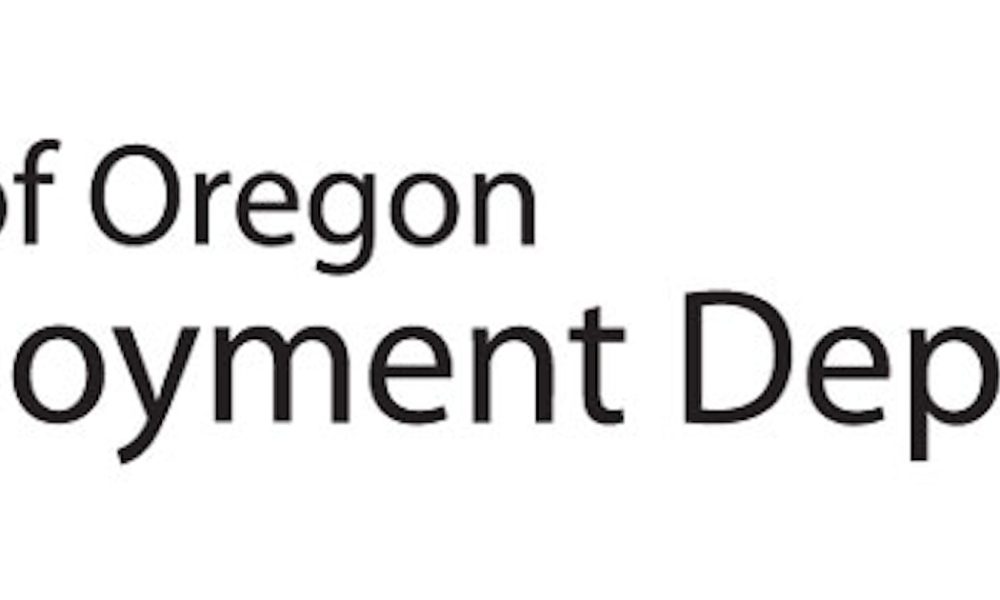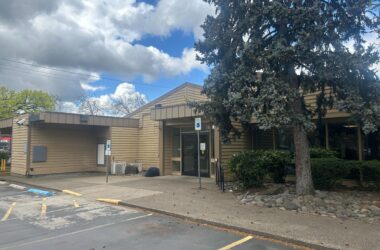
At four percent, Oregon’s unemployment rate in June was Oregon’s lowest since comparable records began being kept in 1976, according to a recent release issued from the Oregon Employment Department (OED).
Leading the job gains across the state last month were leisure, hospitality and private educational services. Over 1,8000 jobs were gained in the leisure and hospitality sector, while over 1,000 jobs were gained in the private educational services, according to OED.
In June, Oregon’s nonfarm payroll employment rose by 1,900 jobs, following a revised gain of 3,200 jobs in May.
Additionally, three major industries each added close to 600 jobs, including healthcare and social assistance, manufacturing and construction. Healthcare and social assistance brought in over 700 jobs; manufacturing brought in over 600 jobs; and construction added over 500 jobs.
Several industries shed jobs in June, however. Retail trade lost around 1,00 jobs; information lost about 800 jobs; and transportation, warehousing and utilities lost nearly 500, according to the OED.
Despite Oregon’s payroll employment keeps expanding, the rate of growth has moderated in recent months, the OED stated. Employment gains averaged 1,500 monthly over a three-month period.
Over the last 12 months, 31,400 jobs were added – good for a growth rate of 1.6 percent. This growth matched that of the United States where yearly employment growth was also 1.6 percent through June.
Two-thousand-thirteen through 2017 saw faster job gains in Oregon, averaging 2.8 percent yearly, while reaching a peak growth rate of 3.7 percent in mid-2015, the OED stated.
Job growth rate slowdown could be partially due to an unusually tight labor market, the OED said, as many employers are facing increasing difficulty hiring workers.
The degree of Oregon’s labor market tightness is reflected a few ways. For one, people working part-time for economic reasons is at the lowest since at least 2002, when comparable records began.
Additionally, the broadest measure of labor underutilization, U6, which adds on those workers who are part-time purely for economic reasons, dropped to 7.8 percent in June – its lowest reading since at least 2002.
Also, the number of Oregonians unemployed for 27 weeks or more dropped below 7,000, which is the lowest level since at least 2002. It is also way below the more than 100,000 long-term unemployed in 2010 during the aftermath of the recession, OED stated.
As far as the labor market, the number of people entering the market without a job was at its lowest level since at least 2000, when those comparable records began.
OED plans to release the next statewide unemployment rate and employment survey data for July on Aug.14.
RECORD LOW IN YOUTH UNEMPLOYMENT
The OED also released a report last week regarding teenage employment rates across the state for the year 2017.
In 2017, Oregon teen unemployment rate for ages 16 through 19 was at 9.5 percent. Last year was the lowest rate since 1979 since records were first kept. That number is quite the drop from 2016 when the unemployment rate for teens was 20 percent, OED reports.
For young ages ages 20 through 24, unemployment rates were 7.6 percent in 2017 – also the lowest unemployment rate recorded for this age category. The last time the unemployment rate for young adults was 7.6 percent was in 2005, according to the OED.
In 2016, unemployment rate for young adults was 9.6 percent.
A part-time or summer job used to be a given for many teenagers, and averaged around 59 percent from 1978 to 2000. That rate started dramatically began to decline in 2001 across both the state and the United States. During the recession and in the aftermath of the recession, it continued to slip.
Oregon’s strong job growth since 2013 attracted more teens and young adults into the labor force; as a result; the participation rate of teenagers ages 16 through 19 increased to 40 percent in last year.
Teen participation is close to its pre-recession rate of 42 percent, but still considerably less than what is was in the 1990s, the OED states, while the participation rate of young adults ages 20 to 24 increased to 74 percent in 2017.
For help finding jobs and training resources, visit one of the state’s WorkSource Oregon centers or go to: www.WorkSourceOregon.org.







